London Borough of Waltham Forest
Tacking Noise Nuisance
As the UK’s population continues to grow and high-density living increases noise nuisance is a common problem for local authorities and their residents.
Residents commonly expect an intervention from their council when reporting a noise problem, however due to resource pressures and limited legal powers local authorities are often unable to provide a resolution.
Between September 2017 and August 2018 Waltham Forest received 4975 noise complaints. Of these:
- 90% were domestic noise nuisance
- 30% were captured as ‘advice only, no action required /possible’
- <10% had any action taken
- 1% were a statutory nuisance (criminal offence that has been witnessed in order for formal action to be triggered).
Following a three month discovery with Coventry City Council we have redesigned our Noise Nuisance processes and want to:
- Build an automated, customer-focussed digital process that filters noise complaints, and forwards them to the correct team to take action in real time.
- Provide transparent advice to residents, where the council can’t take legal action.
- Identify and prioritise complex and repeat cases to focus our resources.
- Utilise insight to identify repeat callers and problem properties.
- Gather and document intelligence from residents.
- Produce a process that can be adopted by other local authorities.
Discovery evidence
Over a 12 week discovery period, we worked with stakeholders across several services to map out the current noise nuisance service offer to residents and identify issues with the operating model.
We gathered data to build a picture of current request volumes, and the percentage of those that are resolved. We used case studies as anecdotal evidence to understand the service we are providing residents and the complexities of dealing with noise nuisance.
From our findings, we developed the following recommendations:
- Data management: undertake a data cleansing exercise and establish standard guidelines for digital case management to ensure we effectively gather intelligence on noise trends and problems.
- Procedures: filtering and internal triaging processes could be redesigned to better communicate the progress of cases to the customer, potentially through automated methods to ease the strain on resources.
- Prioritisation: develop an upfront risk assessment to prioritise responses.
Based on the data, insight and conversations with colleagues in the Neighbourhoods and Regulatory Services departments we concluded that we need to shift our thinking from ‘noise nuisance reports always require investigative visits’ to a smarter, digital approach that incorporates greater use of intelligence gathering and automated responses, with effective triaging processes.
- Introduction to delivery management
- Introduction to product management
- Introduction to digital business analysis
- Agile for teams
 UK Ministry of Housing, Communities and Local Government (MHCLG)
UK Ministry of Housing, Communities and Local Government (MHCLG) 
As Ceo, mrhenderson.org:
Noise reduction can also be designed. For example, planting more trees, water fountains, use of soft furnishings, glazing etc. You can use noise maps to identify difference between ambient noise levels and single events. A quiet noise in a normally quiet place can seem loud!